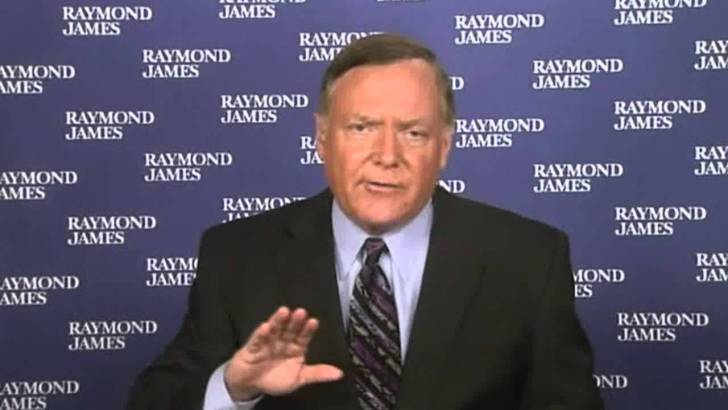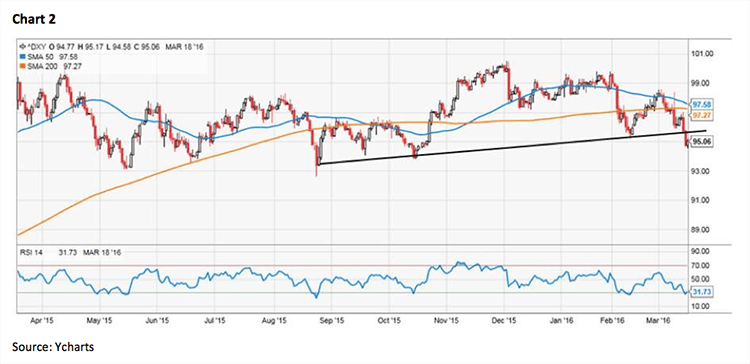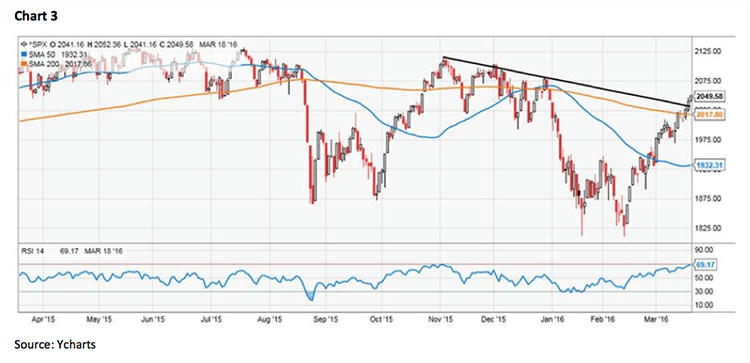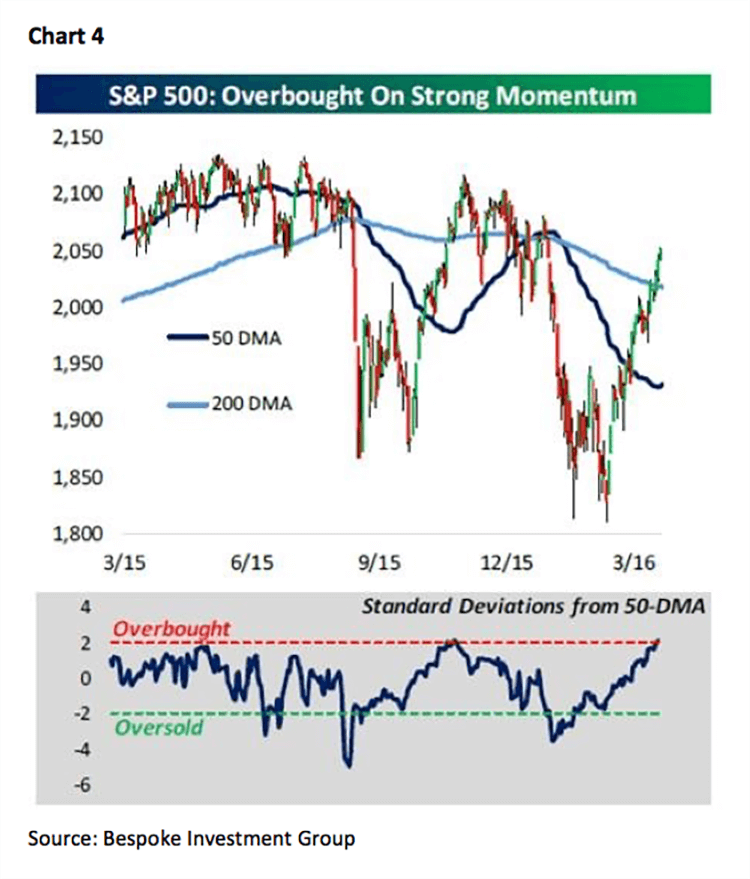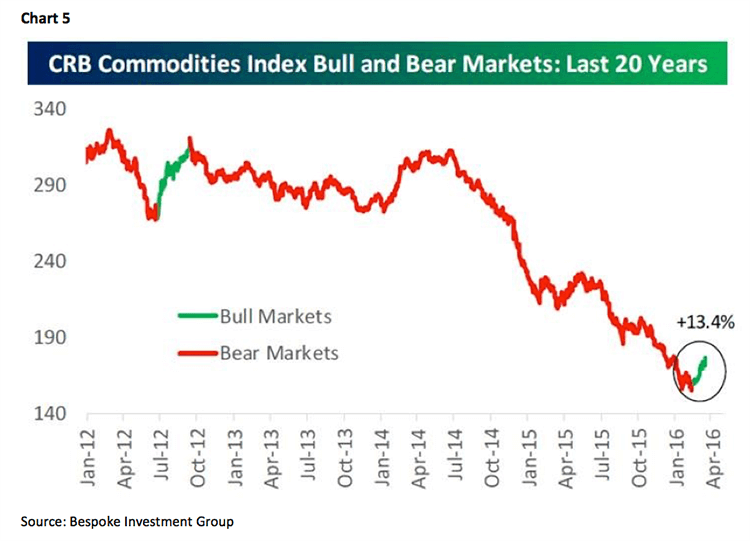Ian McAvity
by Jeffrey Saut, Chief Investment Strategist, Raymond James
“When times get tough, economic nationalism and protectionism tends to rise because it is always easier to blame someone else for self-inflicted problems.”
. . . Ian McAvity
I have written about this subject too often recently, but it is because I am losing my friends and mentors. Over the past few years we lost Barton Biggs, Marty Zweig and this past weekend sage pundit Ian McAvity passed away. Ian was involved in finance for more than 40 years, as a banker, broker, and since 1975 as an independent advisor and consultant, specializing in technical analysis. His analysis and views were published in Ian McAvity's Deliberations on World Markets newsletter since 1972. He will be missed. We heard from another sage pundit last week, namely Alan Greenspan. He was interviewed on Bloomberg and said (as paraphrased):
The fundamental problem that confronts central banks is to maintain sound currency, and we’ve gone far from that and indeed required of central banks to do much of what the fiscal system tends to do. And . . . the cause of the [stagnation] that we’re dealing with in recent years is a fiscal problem. It’s not a monetary problem. And if you look at the data . . . productivity growth on average of the last five years for virtually all of the major countries and a . . . number of the emerging nations . . . [is] less than one percent.
Mr. Greenspan went on to speak about entitlements by noting (again as paraphrased):
[Entitlements] will grow wholly independently of what the ability to fund it is. And the ability to fund it is largely related to the GDP… [Further, the] interesting thing about it is that during Republican administrations, entitlements grew more than on average during Democratic administrations.
My friend, the erudite Dennis Gartman (The Gartman Letter) responds:
On this he is also quite correct. Entitlements have indeed grown under Republicans and Democrats and have grown more under the former than the latter. It is this that has turned many on the Right so vehemently against the so-called ‘Establishment’ for with control of the Senate and the House presently nothing has been done to curtail Entitlement spending. The very foundations of minority families have been torn asunder because of the pernicious nature of Entitlements and yet nothing . . . NOTHING . . . has been done. Therein lies the impetus for the rebellion by the Trump supporters and at times we fully understand their anger.
One can argue the various markets, and sectors, are at the margin reacting to the election race and the question of who is winning in the polls. Clearly the policies between the candidates vary widely implying there will be winning and losing sectors depending on who becomes President. But, a better question would be, “Is the Federal Reserve falling behind the curve?” Speaking to this point are my keen-sighted friends at the GaveKal organization(I own their funds) in their commentary of March 17, 2016:
The Federal Reserve surprised no one yesterday when it decided to remain on hold. But the downward shift in its projection of year-end inflation from 1.6% to 1.2%—and the consequent revision of its dot plot to show two, rather than four, rate hikes in 2016—should have raised a few eyebrows. By adopting such a dovish stance, the Fed is in increasing danger of falling behind the curve on inflation, which in turn implies that the risk of sharper rate hikes further down the road is rising. For the time being, that is not a possibility that is troubling the market. In response to yesterday’s Fed statement, US treasury yields fell by some -10bp at both the short and the long end, and the US dollar fell more than -1% against the euro. However, consumer price index data released yesterday clearly showed that consumer inflation is ticking up. Excluding the impact of lower oil prices, core CPI inflation rose to its highest since the 2008 financial crisis at 2.3% YoY. In her press conference, Fed chair Janet Yellen dismissed this uptick as due to volatile components ‘without very much significance.’ Even so, there are good reasons to believe that consumer inflation may rise further and faster than the Fed expects.
GaveKal goes on to write about “Demand Pull” inflation, which is in high gear with the CPI for services (excluding energy) tagging +3.1% y/y, indicating consumers have the capacity to borrow more (see chart 1 on page 3). Moreover, the slack in the labor market is disappearing, suggesting wage growth should pick up. They also point out that the “cost drag” on inflation is easing with crude oil at $40 per barrel. Indeed, if oil prices stay at this level the rest of the year oil will be adding to, rather than subtracting from, our inflation rate. Finally, GaveKal surmises that the U.S. dollar has peaked, a point we have been making for roughly a year. As stated in last Friday’s Morning Tack:
For roughly a year I have suggested the Dollar Index was putting in a high and was going to weaken. I still feel that way and with the Fed's Wednesday dovish announcement the U.S. Dollar Index has broken down in the charts (chart 2). Now some will argue that the ‘trade weighted’ dollar is still climbing, but I have never seen a trade weighted dollar. You have never seen a trade weighted dollar. Go into your local bank and tell them you want to get some trade weighted dollars. Folks, we live in a nominal world and I think the ‘nominal’ stock market is going higher despite the fact all the sectors are overbought.
And, last Friday’s stock market responded with a Dow Wow of some 121 points capping a week where the senior index gained 2.26%. Not to be outdone, the S&P 500 (SPX/2049.58) broke above the often referenced 2000 – 2040 overhead resistance zone and in the process traveled above the downtrend line that has been intact since December of last year (chart 3 on page 4). The Weekly Win stretched the S&P 500’s winning streak to five weeks, causing my email box to fill up with the question, “Are we in a buying stampede and if so what is the day count?” Obviously we are in a “buying stampede” since the indices have not experienced more than three consecutive sessions on the downside. As for the “day count,” that stands at 25 sessions, implying it is probable stocks are due for at least a pause. Further, the 240-point pop (+13.3%) in the SPX from its February 11th low (of 1810) has left that index two standard deviations above its 50-day moving average for the most overbought reading in more than a year (chart 4). Likewise crude oil is overbought at the same two standard deviations above its respective 50-DMA. Yet, the commodity index looks to have begun a new bull market (chart 5 on page 5).
The call for this week: Over the weekend I heard a number of pundits talking about how expensive the SPX is at 17x this year’s consensus earnings estimate of ~$121. While it’s true the SPX is not trading below 15x earnings, like it was at the February 11th low, 17x doesn’t sound all that expensive to me. I would also remind participants the S&P 500’s bottom up, operating earnings estimate for 2017 is ~$137. If correct, that means the SPX is trading at 14.9x next year’s estimate. So earlier in these comments I stated that we live in a “nominal” world where “trade weighted” dollars do not exist, nor do “real interest rates” (inflation-adjusted interest rates). You and I have never seen a “real interest” rate; again, go to the bank and try to borrow money at a “real” interest rate. The bank will tell you, “What are to you talking about!” What is “real” is the nominal price of stocks and we think while a pause is due, the path of least resistance remains to the upside for stocks. This morning the preopening S&P 500 futures are relatively flat as President Obama meets with Raul Castro seeking economic and democratic reforms for Cuba. And that’s the way it is at session 26 in the current buying stampede. Stay tuned . . .
Copyright © Raymond James





